Speaker
Description
The existing ion therapy facility MedAustron operates a synchrotron providing proton and carbon ion beams for treatment of tumor patients as well as research. The facility has one research irradiation room plus three treatment rooms (one proton gantry, one vertical beam line and two horizontal beam lines). From an accelerator point of view, it would be possible to deliver other ion species. However, the existing operating permit only allows use of protons and carbon ions. With the increasing interest from both research and clinical users of the machine in helium ions, and, in the future, possibly also oxygen ions, it was decided to apply for an extension of the operating permit. Since the expansion of ion species is a long-term project, different ion species might be deemed beneficial in future. To keep options open, all ion species up to neon were calculated and included in the permit application. Also, taken together, the results from multiple ion species reveal more insight into the physics behind the processes leading to dose outside the shielding.
FLUKA, with the FLAIR interface, was used to set up a generic, rotationally symmetrical room geometry with biased shielding walls (heavy concrete for the research irradiation room, standard concrete for the others). The annual dose equivalent at two “worst-case” scoring regions lateral to the target was evaluated for all simulations. The results for carbon ions were in the same range as those calculated 10 years previously for the more detailed geometry (Jägerhofer 2012), confirming that the generic geometry is sufficient to evaluate the shielding wall thickness for other ion species. As a result of the simulations, it was possible to generate conversion factors for dose equivalent per primary ion for heavy concrete and standard concrete irradiation rooms. Using these conversion factors, the dose resulting from all primary ions used in a year can be calculated and used for the annual reporting to the authorities. Previously, separate limits were used for each ion species, which would get unnecessarily complicated when the number of ion species are increased.
Additionally, air activation was simulated for all primary ions up to neon. These results were then used to estimate the dose received by personnel entering the room after irradiation in the form of inhalation dose as well as gamma submersion. Here the nuclides produced are very similar for all ion species, with slight differences in their activities. The resulting doses are therefore also very similar for the ion species considered and pose no more risk to personnel than the carbon ions already in use (for which the inhalation doses were already confirmed by measurements).
In summary, the results show that both prompt radiation and air activation are in the same order of magnitude for all primary ions up to neon and the shielding and other safety measures – which were designed for carbon ions and 800-MeV-protons – are sufficient for the use of any of these ions. A permit was granted to commission and use other ion species, setting the usage limit in the form of a total dose from all ion species instead of number of particles per ion species. Currently helium ions are in the final stage of commissioning for research purposes.
| Scientific Topic 7 | Medical and industrial accelerators |
|---|

